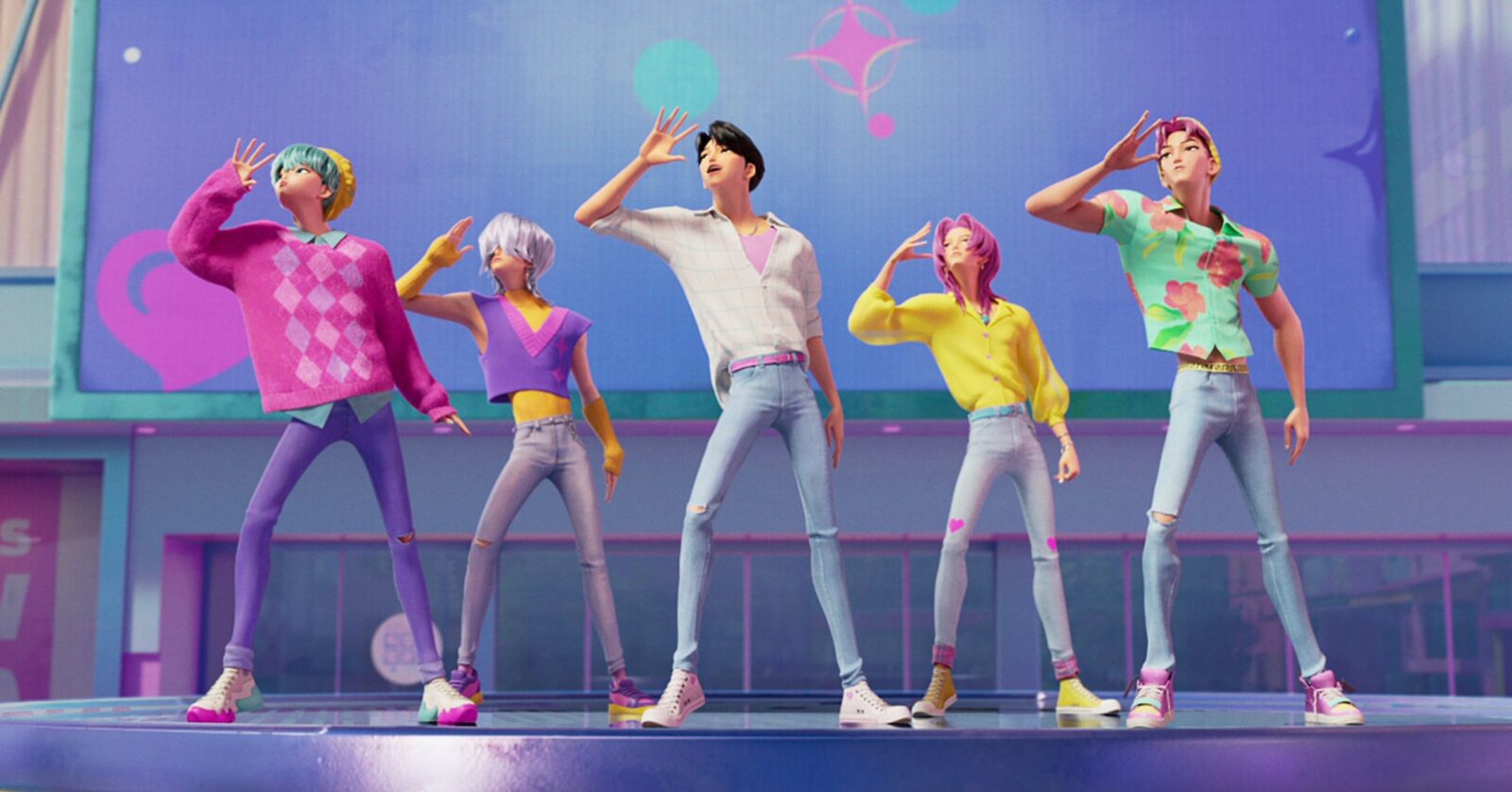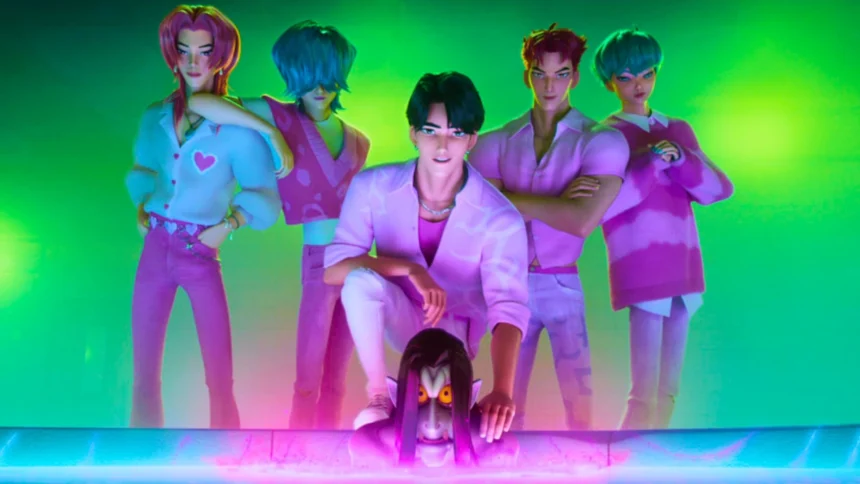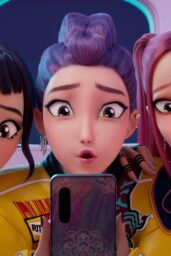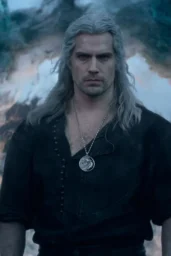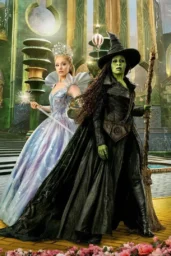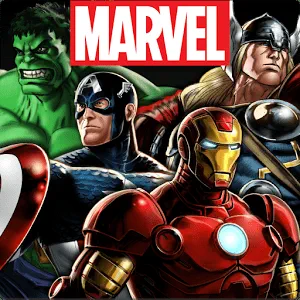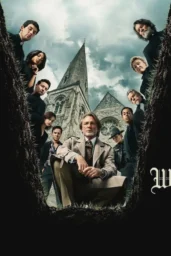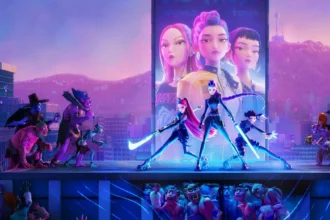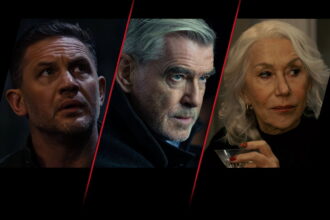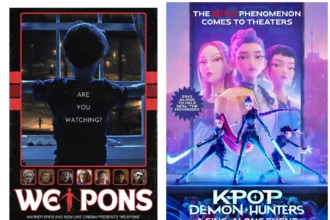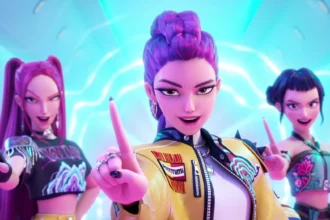There's a moment in KPop Demon Hunters—somewhere between the third laser-fueled dance break and the first genuine existential crisis—where the camera lingers on a perfectly choreographed group of demon idols, hair shining, abs rippling, and I thought: “Well… I've seen this before.” Except I hadn't. Not like this.
Released globally on Netflix in early 2025 and co-produced by Sony Pictures Animation, this genre-clashing animated film from directors Maggie Kang and Chris Appelhans has done what few projects of its kind manage—it climbed the streamer's charts to become the most-watched original animated title in their history. And it did so with glitter, fire, and a surprising amount of bite.
Yes, the visuals borrow liberally from the Spider-Verse aesthetic—blended textures, kaleidoscopic transitions, that jittery motion style studios now use when they want to scream “modern.” But style alone doesn't sell. Not anymore. The hook here? Seven demons. All of them dressed like K-pop royalty. All of them weaponizing fandom in the most literal sense imaginable.
So, who are these soul-sucking, autotuned harbingers of doom? Let's meet the damned.
Jinu: The Charismatic Frontman with a Crisis of Faith
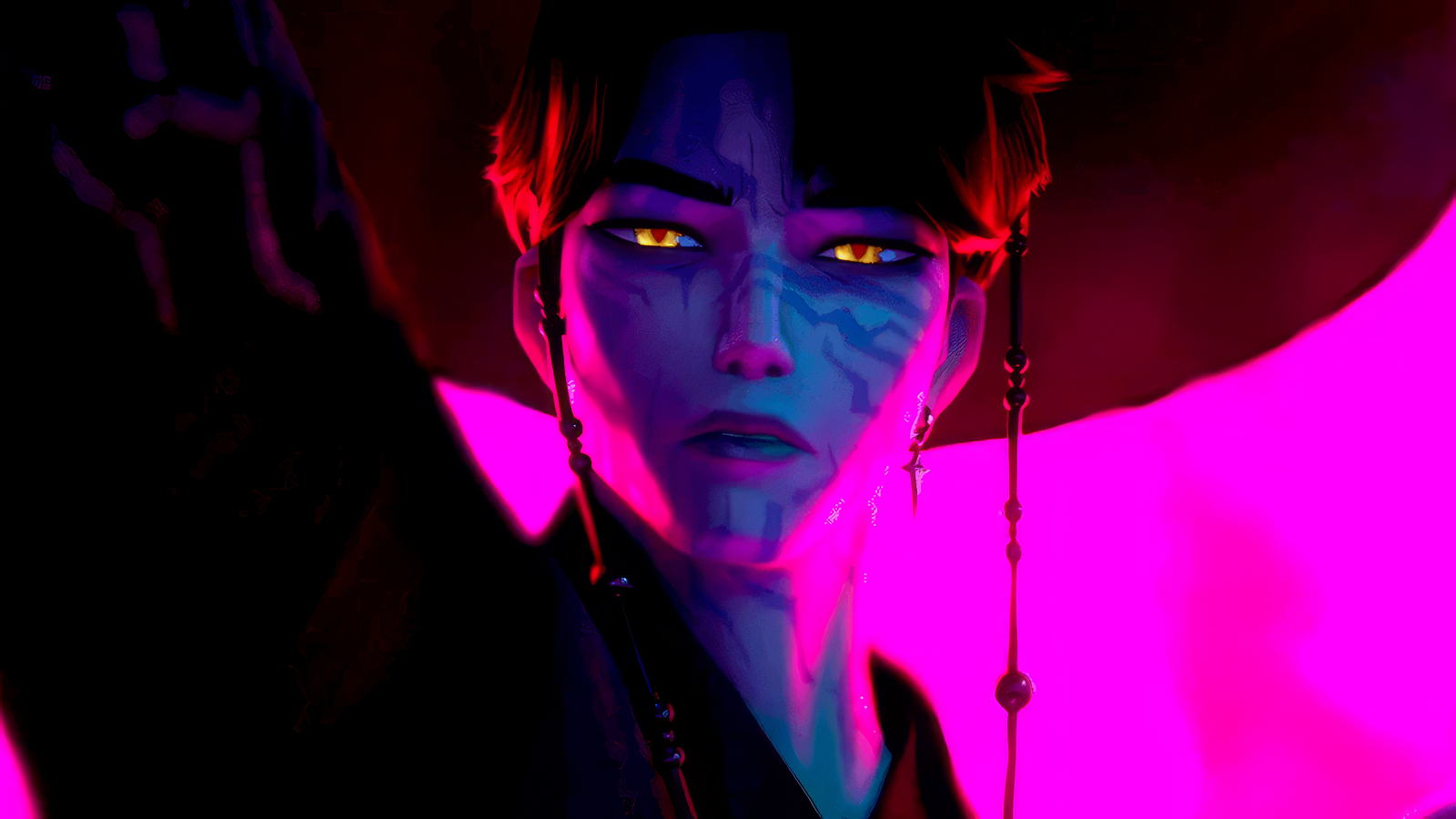
The face of the Saja Boys, Jinu is the kind of lead vocalist you'd expect to headline Seoul's biggest stadium tours—if his job wasn't collecting souls on behalf of a flame-wreathed demon god. What makes him more than a pop-culture cliché is the wrinkle in his mission: Rumi, leader of rival girl group Huntr/x, isn't just his enemy. She's part demon herself. And suddenly, Jinu's cold-hearted agenda starts to flicker.
It's a familiar arc—monster meets mirror—but the film commits to the ambiguity. Is Jinu redeemable, or just another smooth face in the devil's PR machine?
Romance Saja: The Flirt Who Hunts with a Wink
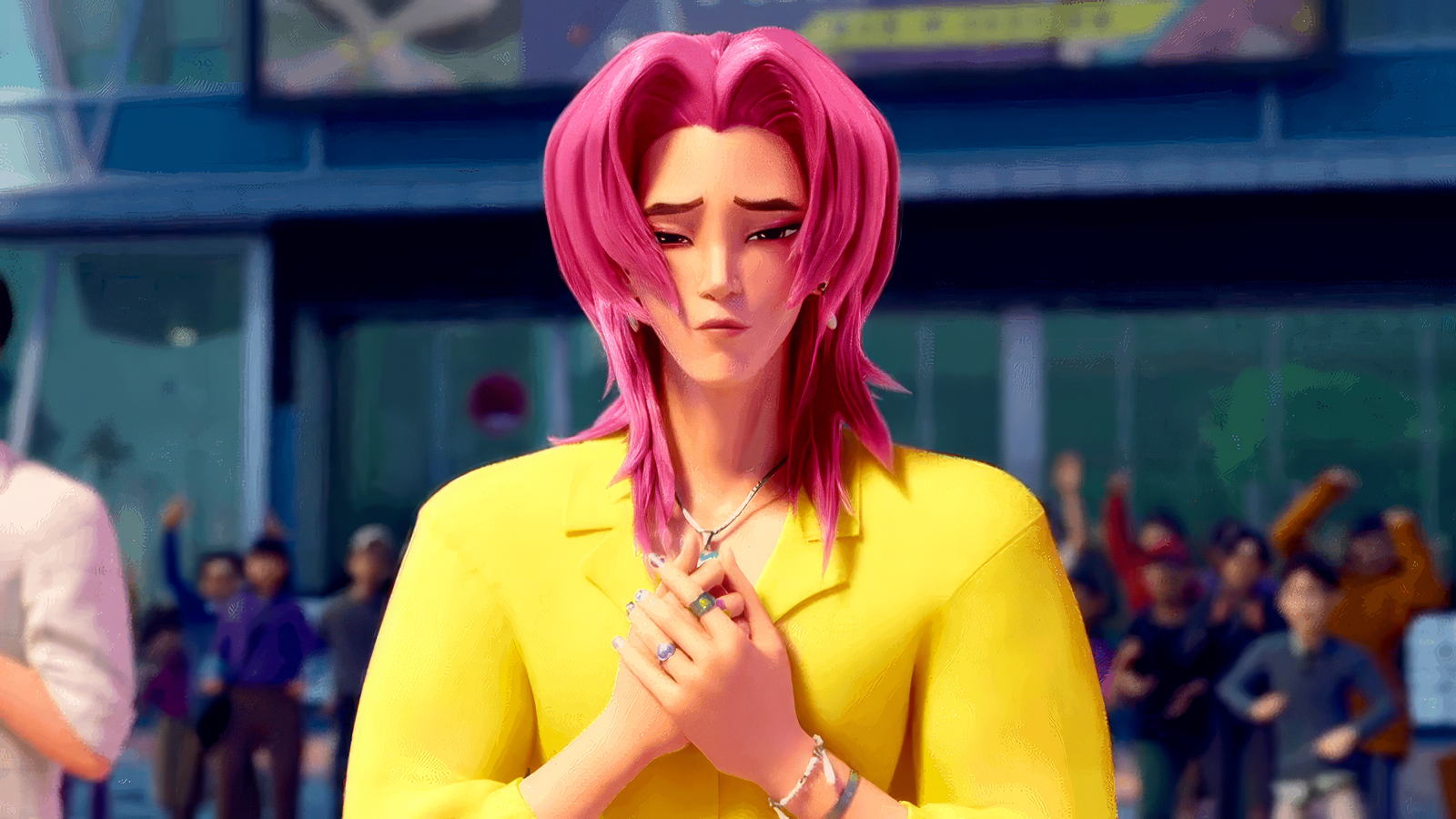
Long pink hair. Smoldering eyes. A voice that could melt tungsten. Romance Saja was cooked in the same lab that gave us every heart-fluttering idol from Taemin to V. But he's not just here to wink and croon. He's bait—walking temptation designed to make teenage hearts open up, just wide enough for Gwi-Ma to crawl in.
There's a moment where he flirts with a pop star moments before consuming her aura. Subtle? Not even close. Effective? Absolutely.
Mystery Saja: The Hat-Wearing Void
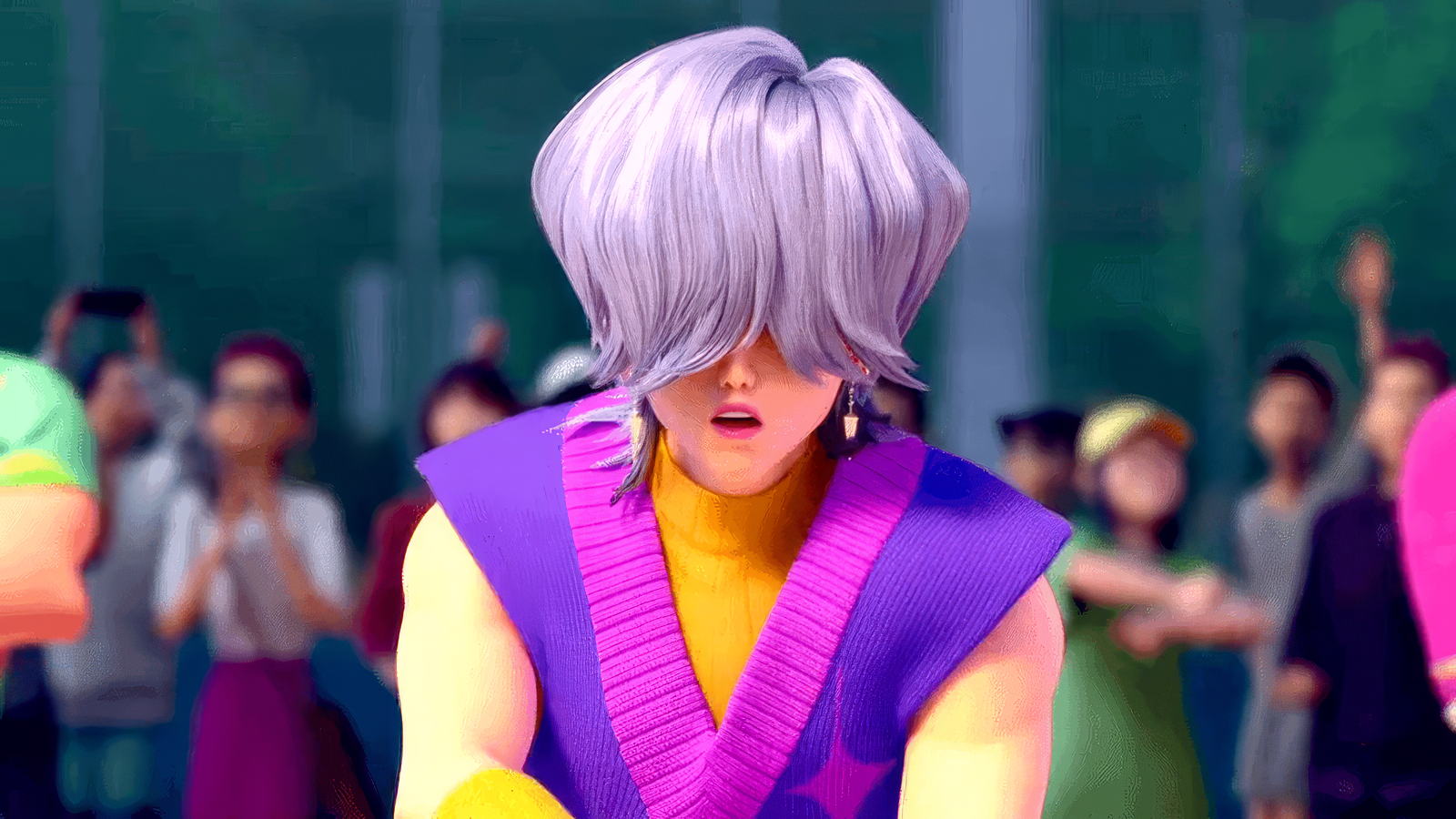
If Romance is the fire, Mystery is the fog. Decked in a purple vest and oversized hat, he rarely speaks, barely smiles, and exudes the kind of wounded detachment usually reserved for arthouse characters and washed-up poets.
Huntr/x member Zoey predictably falls for him—which tells you everything you need to know about Mystery's power. His strength isn't in fireballs or fangs. It's in his unreadability. And in a culture obsessed with decoding idols, that's a power all its own.
Abs Saja: Flex First, Ask Questions Never
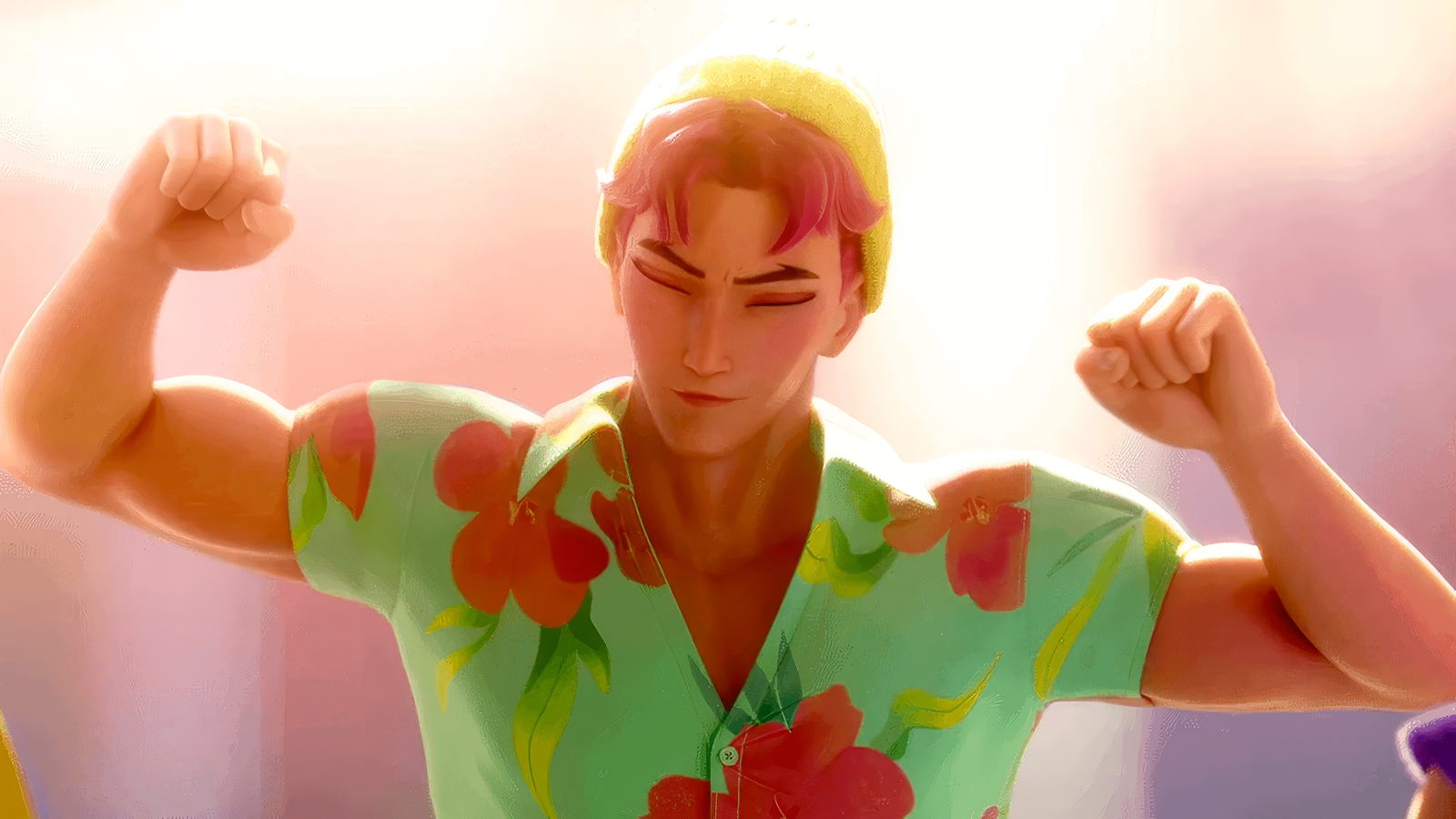
There's a joke to be made here about naming a character “Abs Saja” and drawing him like a Michelangelo sketch. But the film already beat you to it. This demon exists to be ogled. His pecs bounce. His smile glows. And his personality? It's somewhere between a protein shake and a Calvin Klein billboard.
He's the embodiment of fan-service—literal muscle memory—and the film doesn't pretend otherwise. Whether that's satire or surrender depends on how kind you're feeling.
Baby Saja: Cuteness as a Weapon of Mass Seduction
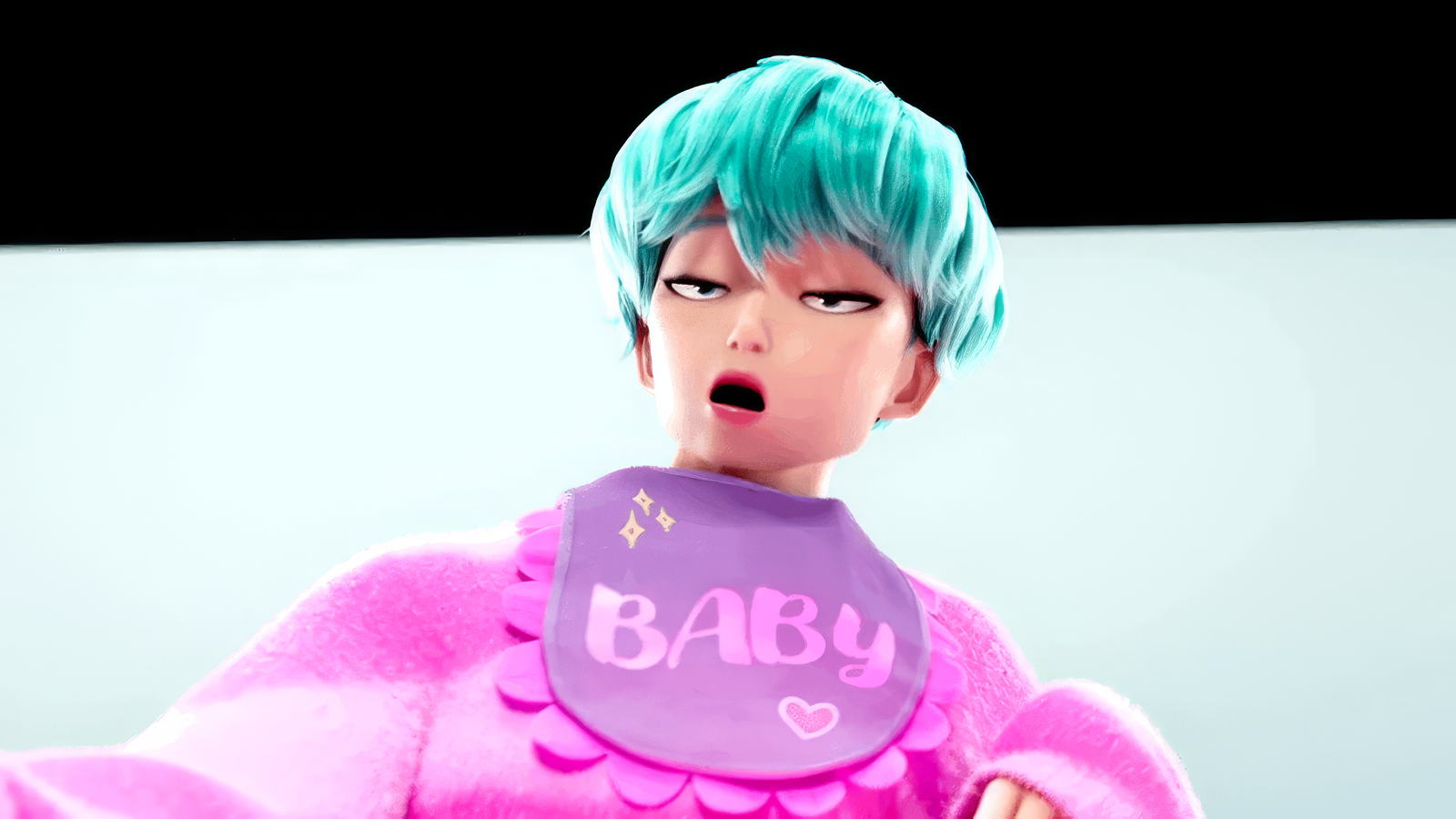
The youngest of the Saja Boys and the most disconcerting. Baby Saja sports big eyes, soft cheeks, and the dazed look of someone who wandered out of a sugar commercial. But behind that innocence is another tool in Gwi-Ma's arsenal: infantilization as strategy.
It's clever, if unsettling. A demon that doesn't rage or seduce—just whimpers and tilts his head until you lower your guard. And your soul.
Rumi: Half-Demon, Full Consequence
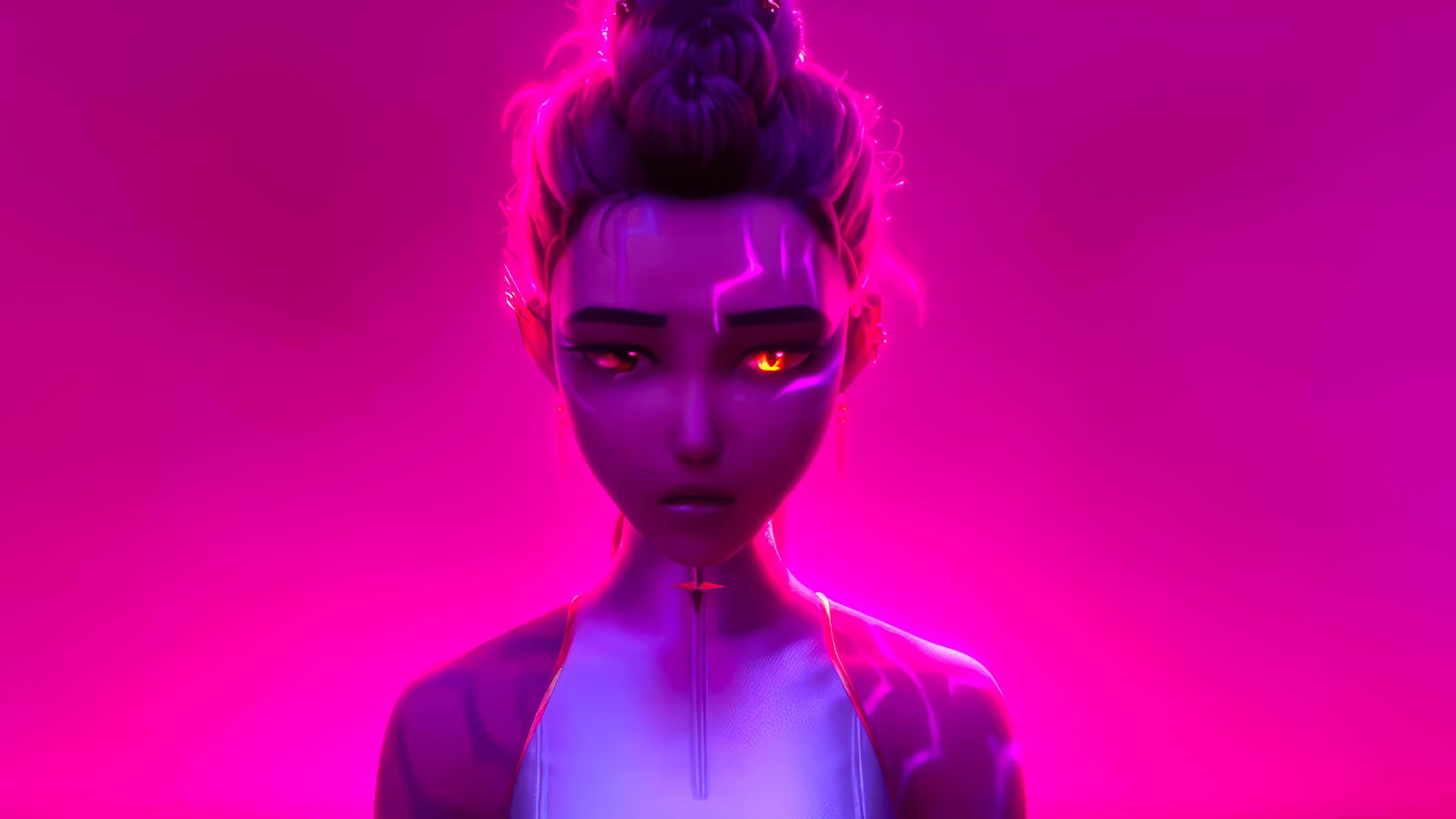
This is where KPop Demon Hunters starts to earn its deeper stripes. Rumi isn't just the leader of Huntr/x. She's a woman fighting a battle on two fronts: external demons with microphones and internal ones with bloodlines.
As her powers awaken, so does her awareness that her identity isn't so easily split. Demon or not, Rumi is the film's emotional anchor. She's what makes the glitter matter. She's what gives the fight teeth. And Arden Cho voices her with the kind of restraint most animated heroines never get.
Gwi-Ma: Hell's A&R Exec
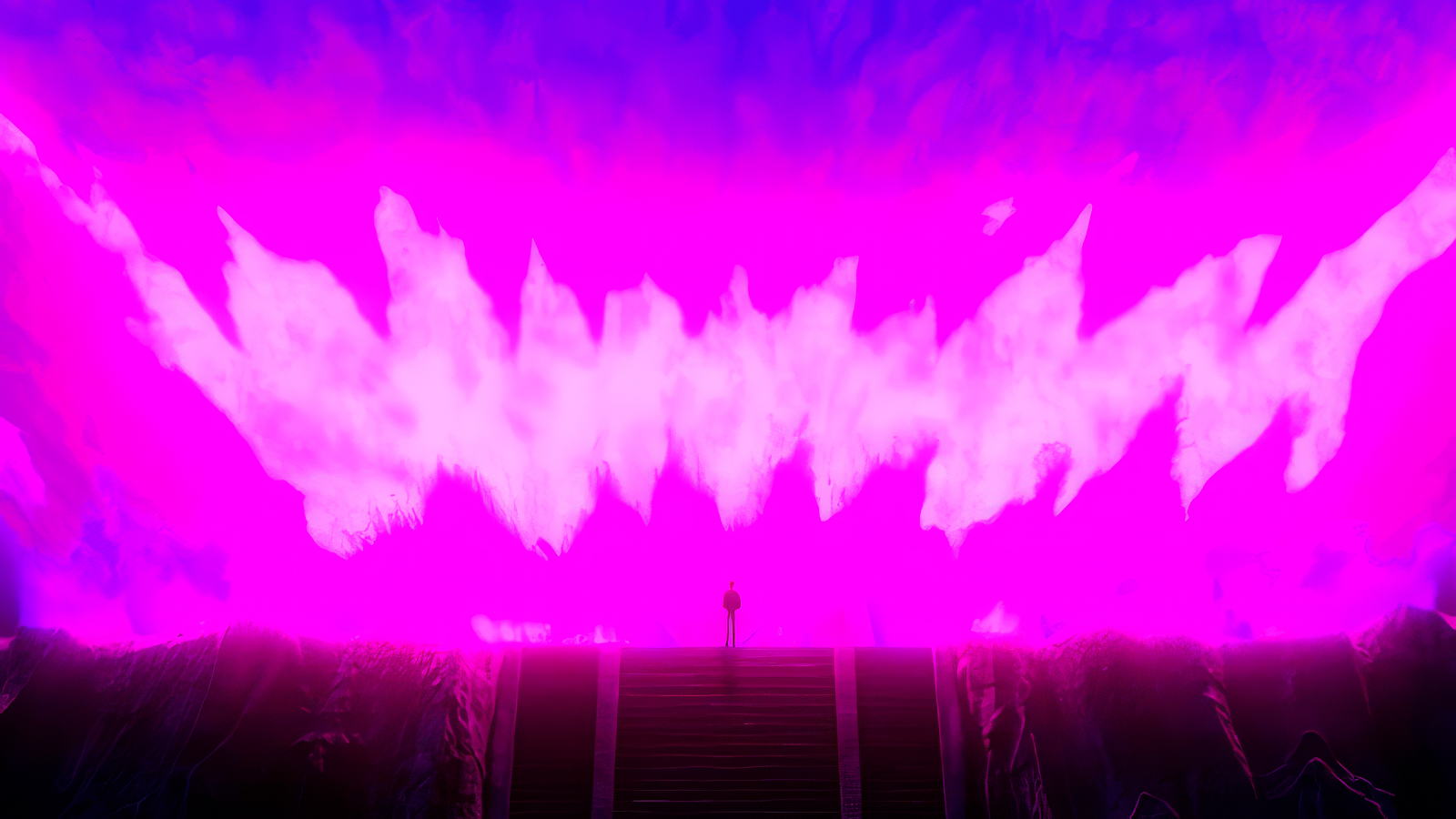
A giant floating orb of flame and malice, Gwi-Ma is the least developed character—and that's fine. He's not here for nuance. He's here to burn through the Honmoon (the barrier between human and demon realms) and feast on stardom-addled souls. Think Fantasia's Chernabog meets K-pop concert lighting rig.
He doesn't sing. He doesn't smile. But when he arrives, he makes everything else look small.
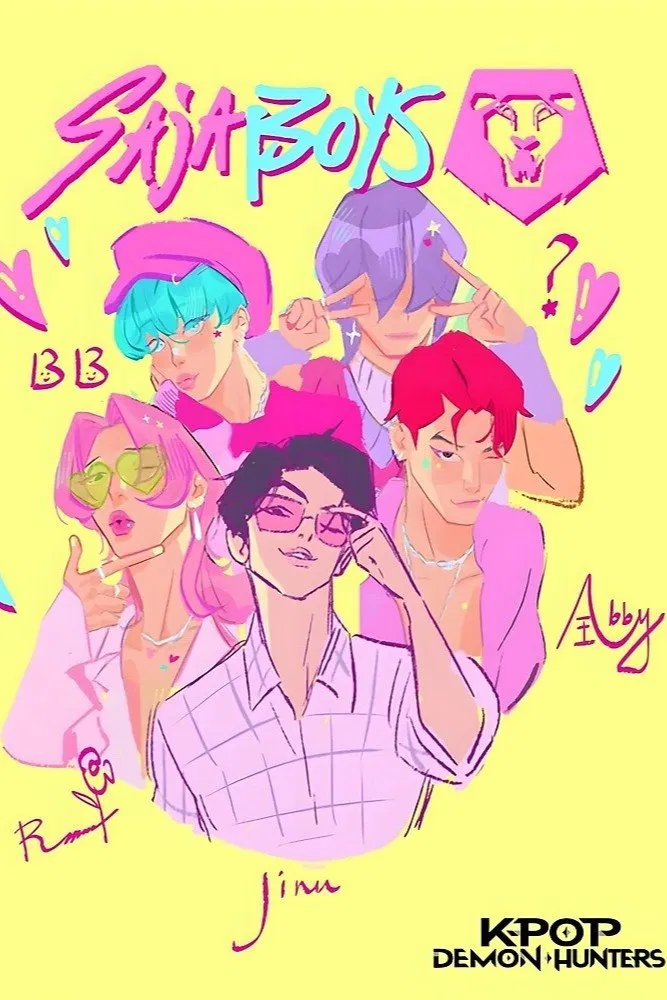
So, What's the Point?
In lesser hands, KPop Demon Hunters could've been another algorithm-approved content stew—K-pop aesthetics, demon lore, and a pinch of Sailor Moon. But it's sharper than it looks. Beneath the neon, this is a film about how industries commodify affection, how fan devotion becomes fuel, and how identity—particularly for women—gets twisted into brand warfare.
It's not deep cinema. But it's honest. And that's rare these days.
It also helps that it looks fantastic, moves like a dream, and never apologizes for being ridiculous. Because sometimes, the devil doesn't wear Prada. He wears a purple vest, sings in perfect harmony, and leaves you humming as the world burns.
